Few feats in the world of avian wonders are as remarkable as the epic migration of the Bar-tailed Godwit. Spanning thousands of miles, these incredible birds undertake one of nature’s most astonishing journeys without stopping once for food, water, or rest. Join us as we explore this awe-inspiring voyage and uncover the secrets behind the endurance and survival of these extraordinary creatures.
The Bar-tailed Godwit: A Brief Overview
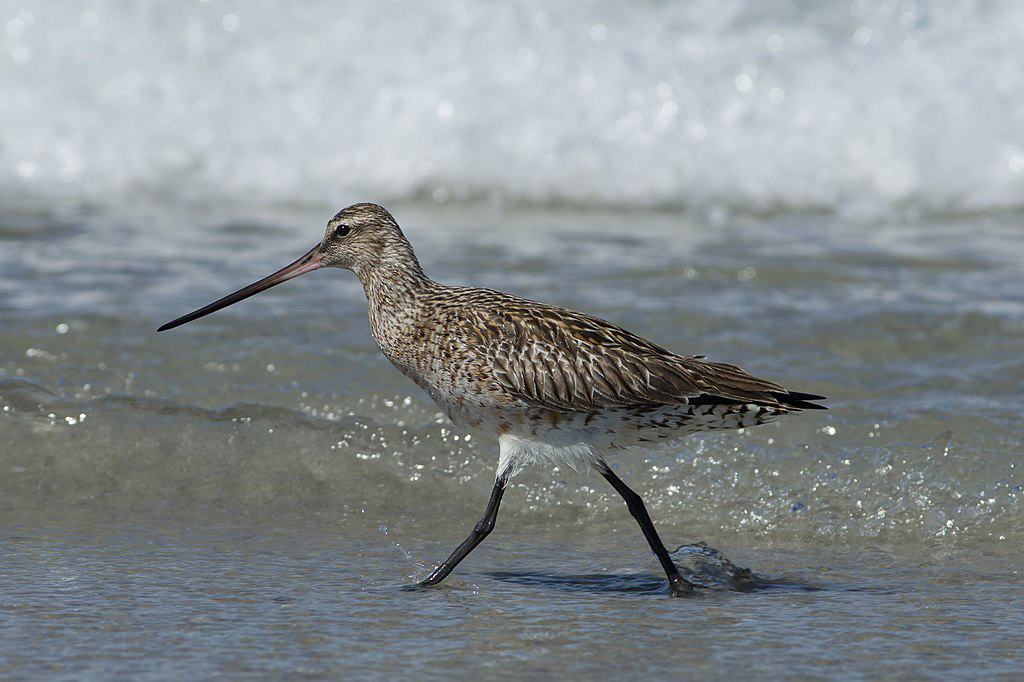
The Bar-tailed Godwit is a long-distance migratory bird known for its distinctive mottled brown plumage and long, slightly upturned bill. These birds breed in the Arctic and take on a rigorous migration journey each year. Averaging between 37 and 41 centimeters in length, they may seem unassuming, but their migratory endurance places them in a league of their own.
An Unparalleled Migration

Twice a year, Bar-tailed Godwits embark on an extraordinary migration of approximately 12,000 miles. The round trip journey takes them from their breeding grounds in Alaska to their wintering grounds in New Zealand and Australia. What makes this migration even more remarkable is that it is conducted non-stop, without any breaks for rest or nourishment.
Route of the Long Migration

The flight path of the Bar-tailed Godwit is meticulously planned through evolution. They utilize favorable wind currents and take advantage of the jet stream to conserve energy. Their journey over the Pacific Ocean minimizes the risk of predator encounters and maximizes the efficiency of their flight.
Biological Adaptations for Endurance
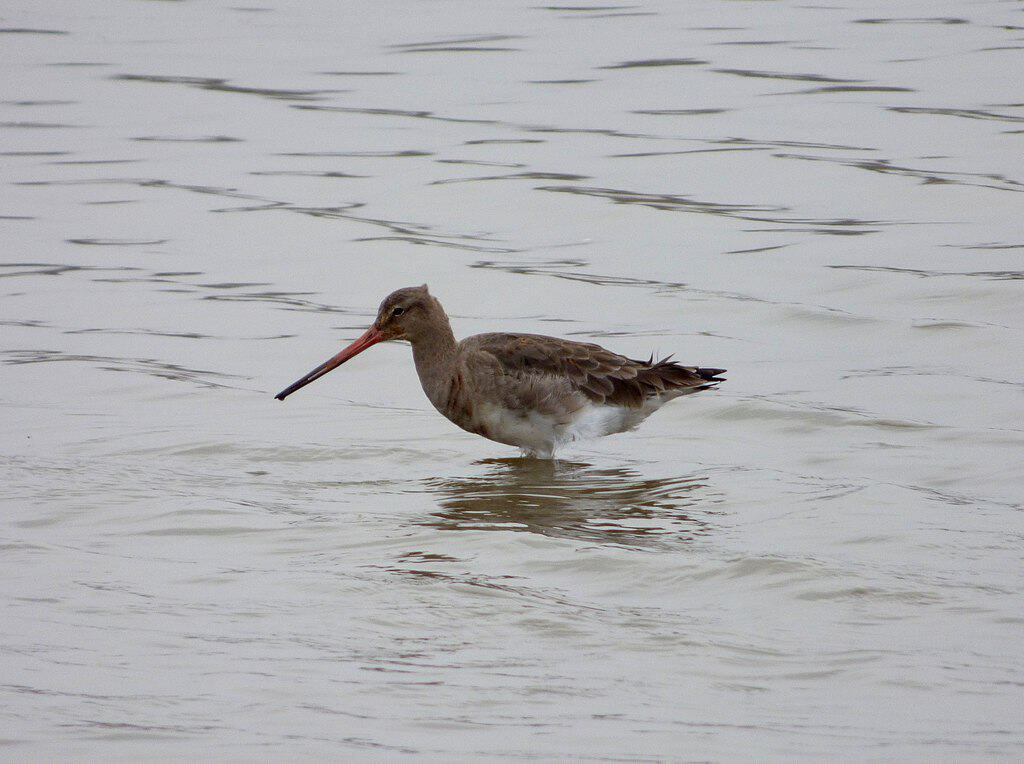
To survive such a demanding journey, Bar-tailed Godwits have evolved several unique adaptations. They undergo physiological changes before migration, accumulating large fat reserves to serve as their sole source of energy during the flight. Additionally, their musculature and metabolic systems are primed to enhance stamina and performance.
The Science Behind the Non-stop Flight
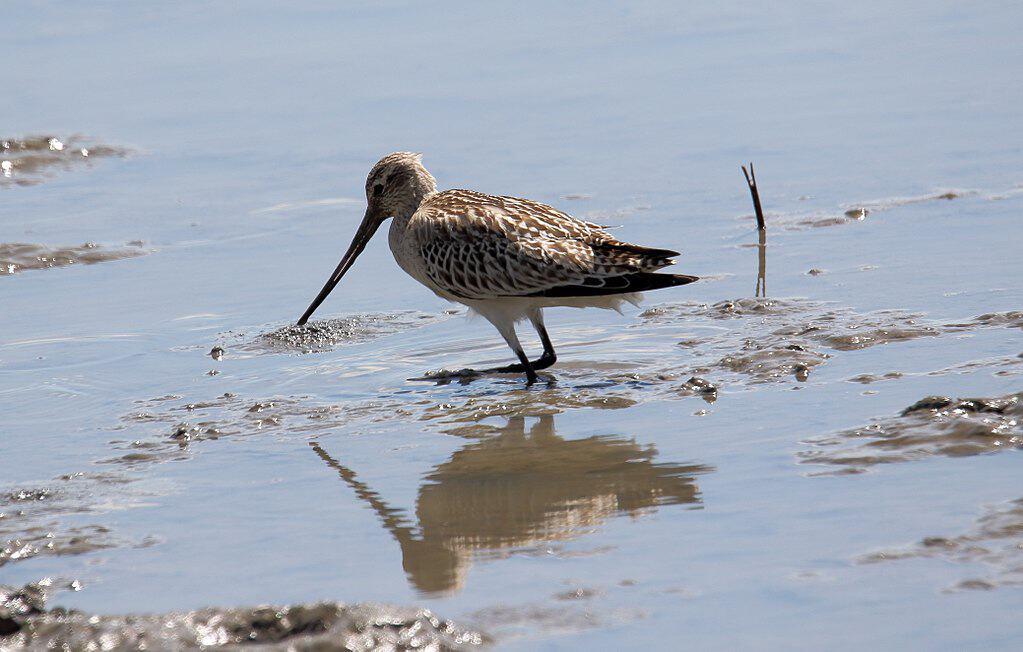
Scientists believe that the Bar-tailed Godwit’s ability to maintain such an arduous journey stems from a combination of efficient aerodynamics, energy management, and environmental cues. By flying in a V formation, they reduce air resistance and effectively share the workload among the flock, allowing them to cover such great distances.
Navigational Superpowers

The Bar-tailed Godwit navigates across open waters with pinpoint precision, a feat that baffles scientists and nature enthusiasts alike. These birds rely on a complex interplay of celestial navigation, earth’s magnetic fields, and possibly even a keen sense of smell to find their way across the featureless ocean expanse.
The Role of Weather Patterns

Weather patterns significantly influence the success of the migration. Favorable tailwinds can boost the birds’ speed and reduce the energy expended. In contrast, adverse conditions such as strong headwinds or storms can be life-threatening. Thus, timing their departure with ideal meteorological conditions is crucial for survival.
Fueling the Flight: Energy Reserves
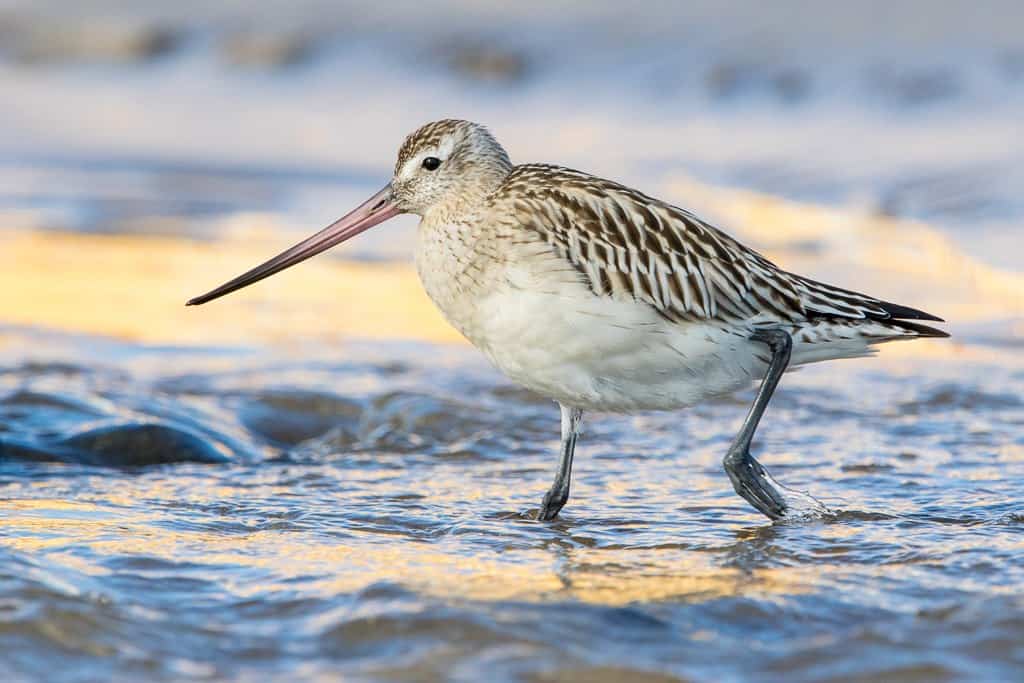
Prior to their journey, the godwits gorge on a diet rich in nutritional value to build fat reserves. This “fuel loading” is critical as it provides the energy needed for their continuous flight. Typically, a godwit’s body weight could almost double in preparation for migration.
The Impact of Environmental Changes

Environmental changes, particularly those affecting food availability and habitat, pose significant threats to the Bar-tailed Godwit’s migration. Climate change and habitat degradation could impact their feeding grounds, leading to decreased population numbers if these issues are not addressed adequately.
Conservation Efforts

Given the potential threats, global conservation efforts are critical in ensuring the survival of the Bar-tailed Godwit. International cooperation, such as the protection of crucial stopover sites and the preservation of breeding and wintering habitats, is essential for maintaining their migratory route and overall population health.
The Role of Citizen Science

Citizen science projects have provided invaluable data on the migratory patterns of Bar-tailed Godwits. Birdwatchers and volunteers worldwide contribute to monitoring efforts, helping scientists track population trends and migration nuances. These initiatives foster greater awareness and appreciation among the general public, galvanizing support for conservation.
Lessons from the Godwit’s Journey
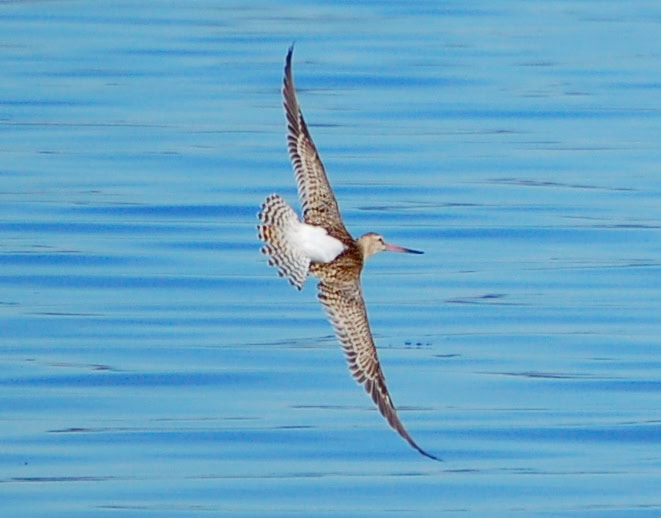
The migration of the Bar-tailed Godwit offers profound insights into the resilience and adaptability of nature. Their journey inspires admiration and respect for the delicate balance of ecosystems, reminding us of our responsibility to protect and preserve these remarkable wanderers of the sky.
In conclusion, the Bar-tailed Godwit’s 12,000-mile migration is a testament to the marvels of nature and evolution. These birds exemplify endurance, adaptability, and the intricate interdependence between species and their environments. As we continue to study and safeguard their migratory paths, they serve as a potent symbol of the natural world’s wonder and fragility.
- This Bird Migrates 12,000 Miles Without Landing Once - August 18, 2025
- The World’s Dumbest Animals You Won’t Believe How Silly They Are - August 18, 2025
- Do Animals Dream? What Research Reveals - August 18, 2025
